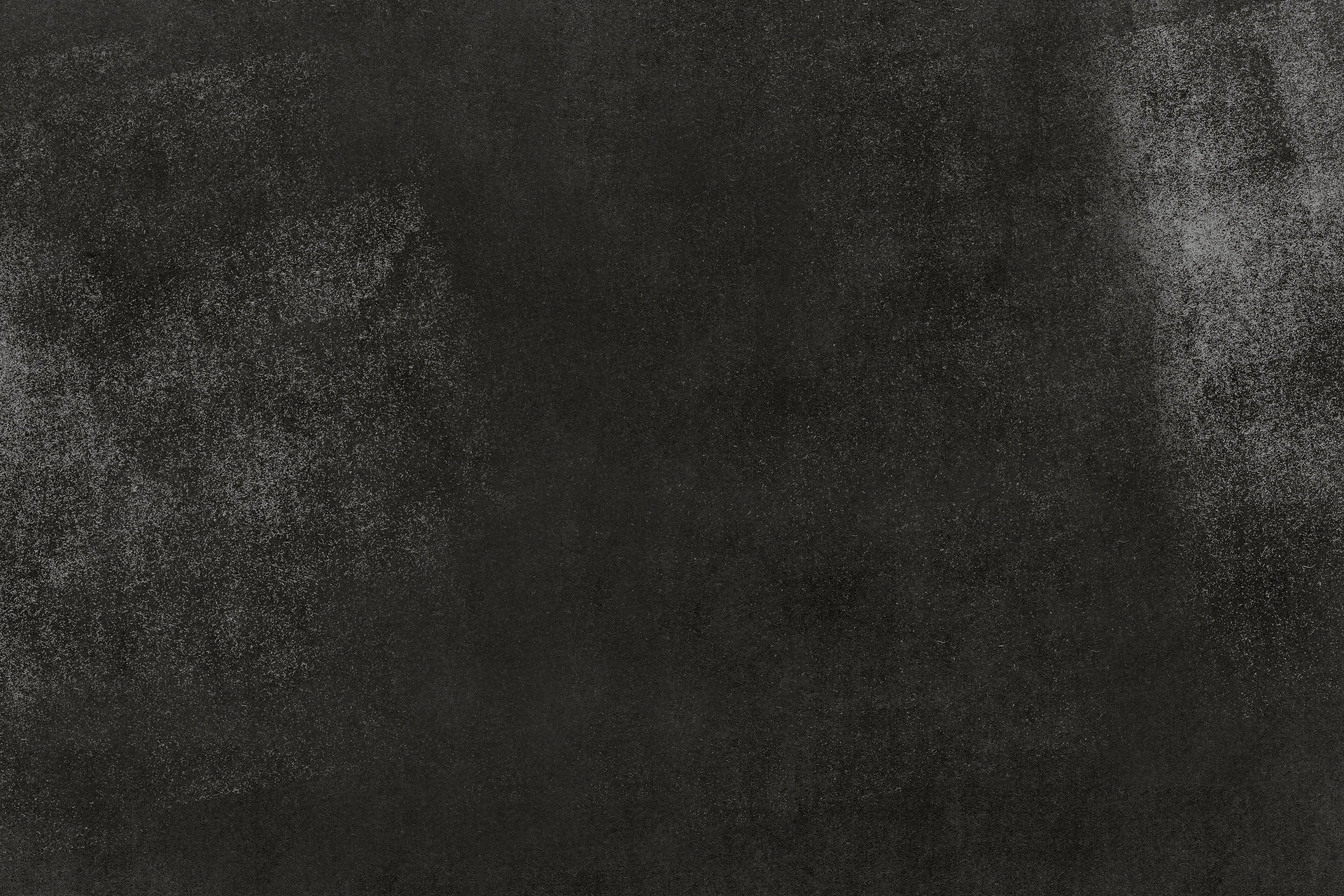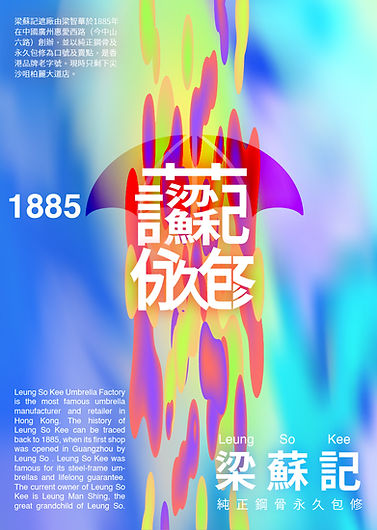
Creating Compound Chinese Ligature in Motion Graphic
Using AI Artificial Intelligence – A Case Study in Hong Kong Style




The design purpose of this poster is to showcase Hong Kong's characteristics and culture while using psychedelic art techniques to attract attention. To achieve this, it adopts a design style that combines ligatures with psychedelic art, using the colors of Hong Kong's neon signs as the background to give the entire poster a more distinct Hong Kong flavor.
The poster employs traditional Chinese ligatures to present the brand name and classic advertising slogans. At the same time, it uses a psychedelic art background to make the font more vibrant and lively, highlighting the brand's uniqueness and personality. For the background, the colors of Hong Kong's neon signs were chosen to create the atmosphere of Hong Kong as a city that never sleeps, emphasizing the brand's local cultural characteristics.
In summary, the design of this poster aims to present the unique style and cultural features of an old Hong Kong brand through the use of ligatures, psychedelic art, and the colors of Hong Kong's neon signs. This approach is intended to attract people's attention and leave a lasting impression.



Abstract
This creative research aims to utilize existing AI generation techniques to explore the production of motion graphic compound Chinese character imagery with Hong Kong stylistic characteristics. These images not only combine text and visuals but also represent a fusion of culture and creativity. Chinese characters, originating from pictorial forms, and compound characters, formed by combining multiple characters, are unique writing styles. In the past, compound characters were mainly used in symbolic occasions, such as New Year greetings and phrases to attract wealth. However, with technological and application advancements, compound characters have become widespread in popular expressions and designs, but transforming the static form of Chinese characters into motion graphic imagery remains challenging.
Key Words: AI, Ligature, Typography design, Motion graphic, Hong Kong style
Methodology
With the rapid development of artificial intelligence (AI) technology, generative AI models have demonstrated tremendous potential in areas like natural language processing and image generation. After a literature review of relevant concepts, this research defined three unique Hong Kong style motifs, collected relevant image data to train a Stable Diffusion LoRA model, generated descriptors with Hong Kong stylistic features, and conducted experiments and evaluations by adjusting AI tool parameters to analyze the impact of design parameters on the generated image style. The study categorized generated images into three types: clear text, semi-text/semi-image, and unrecognizable text. Statistical analysis revealed that the CFG Scale parameter had no significant effect across categories, while the Strength parameter showed significant differences between clear text and unrecognizable text images, indicating that Strength has a greater impact on the visual presentation of these two image types. Ultimately, the 2D works were imported into a motion graphic video generation AI tool, with added effects and music, to complete nine motion graphic compound character visual pieces. This creative research used Chinese compound characters as the primary material, establishing a dataset containing compound characters and related information for model training and testing, which can serve as a reference for future users. This research demonstrates the potential of AI in assisting with Hong Kong cultural visual creation, but it also reveals the limitations of existing AI models in recognizing complex Chinese character structures. Human aesthetics remain a crucial factor in evaluating visual works.





